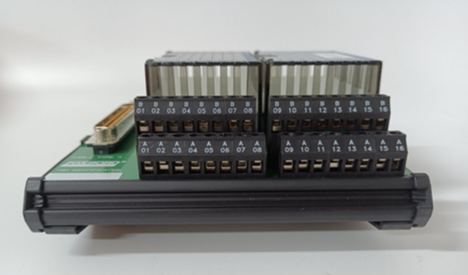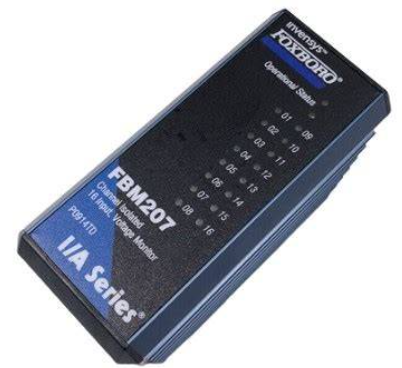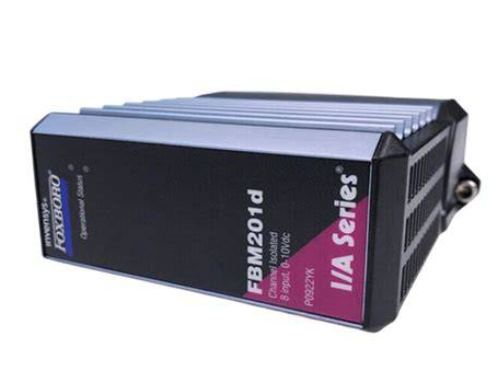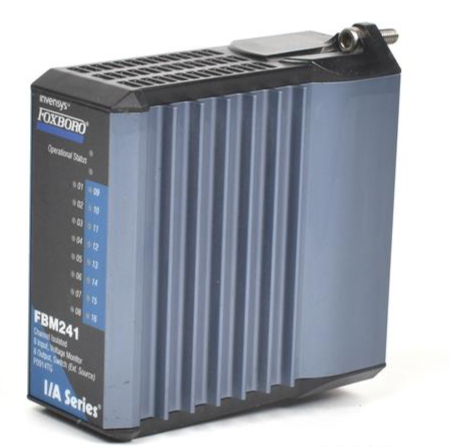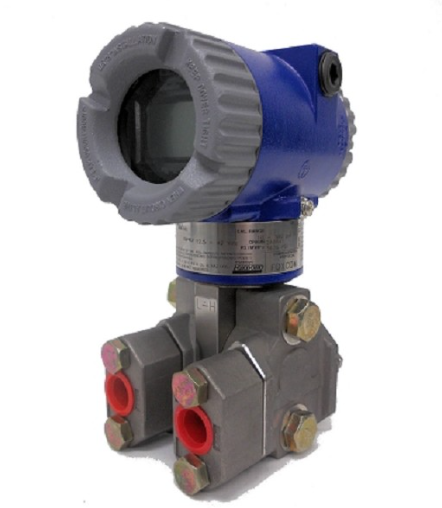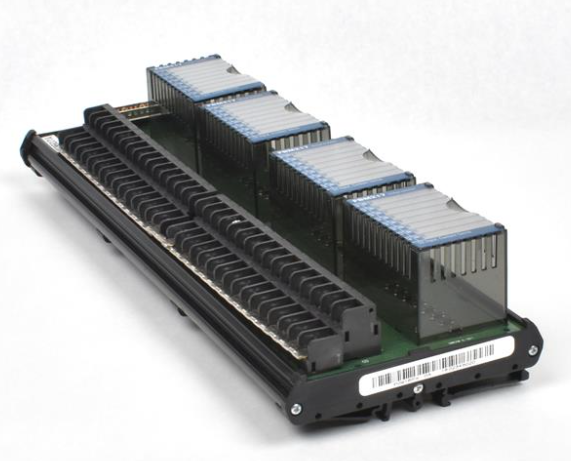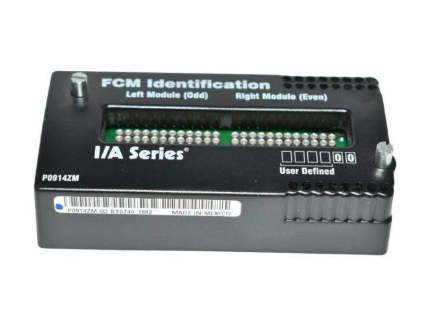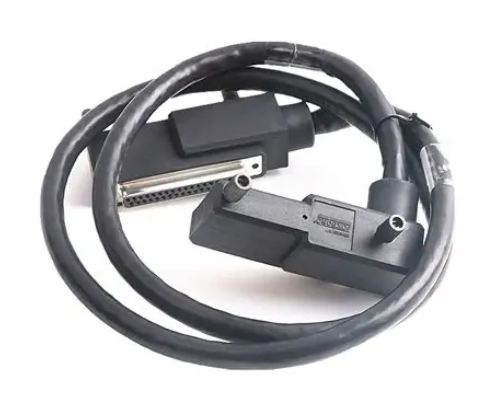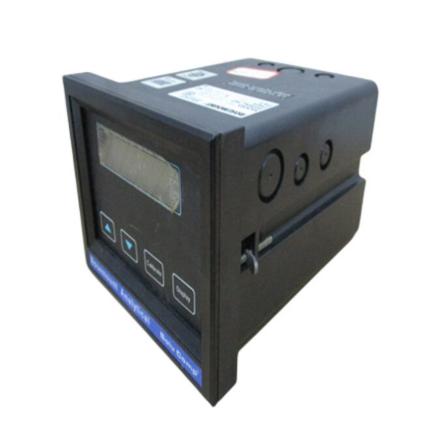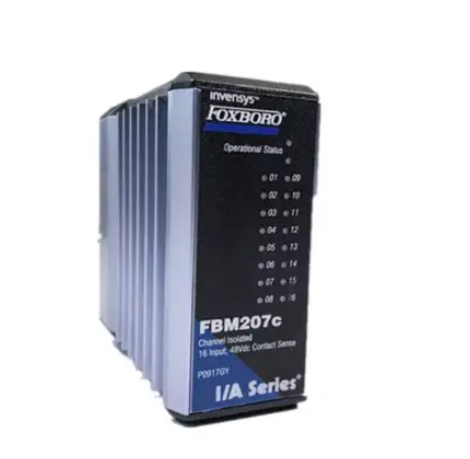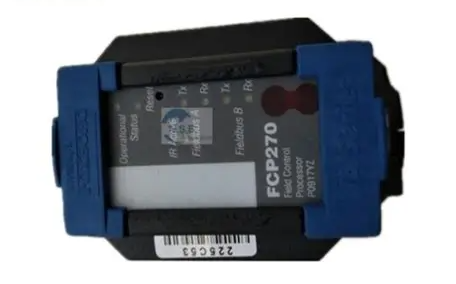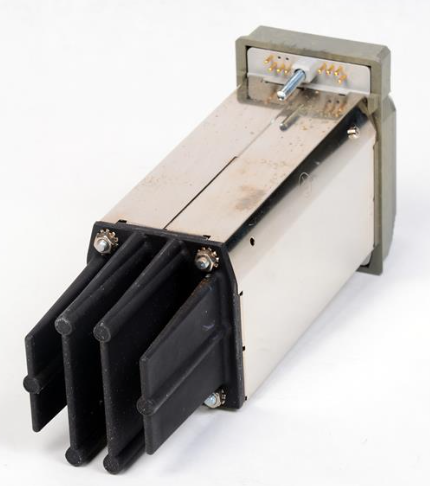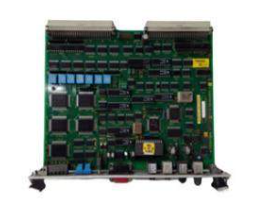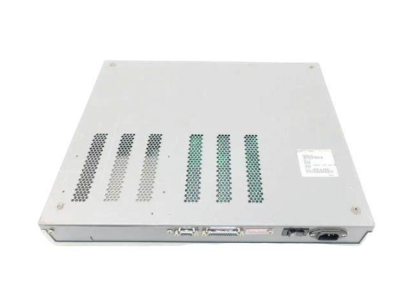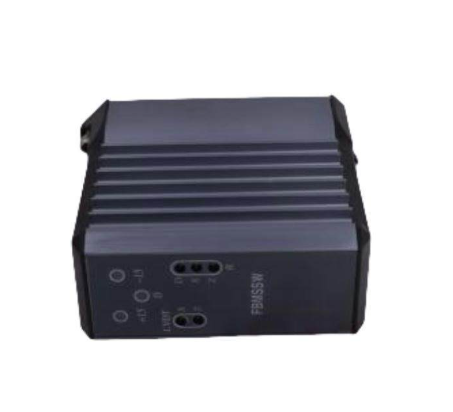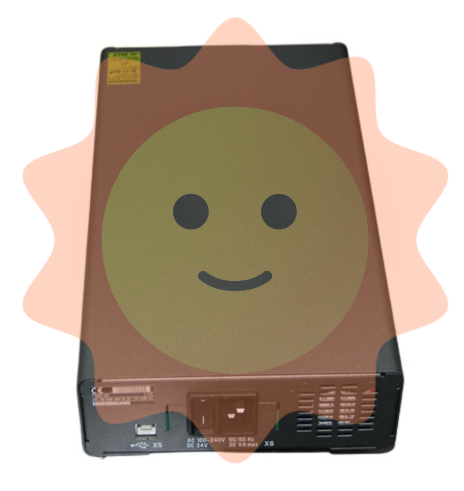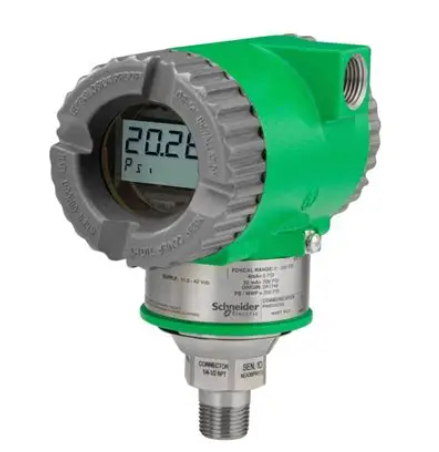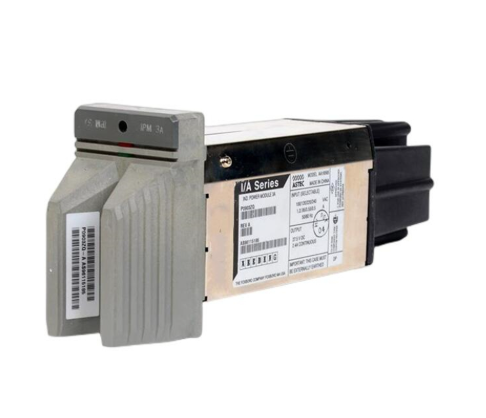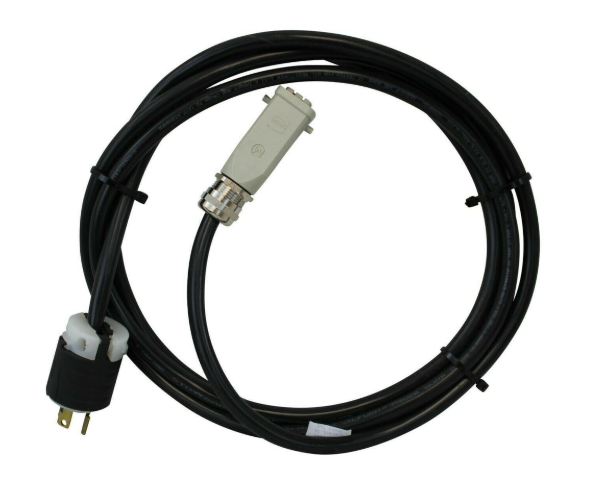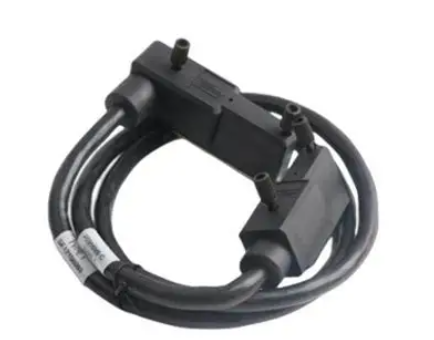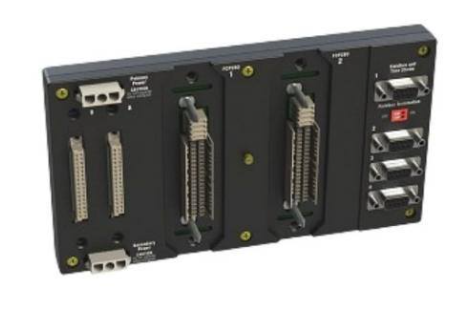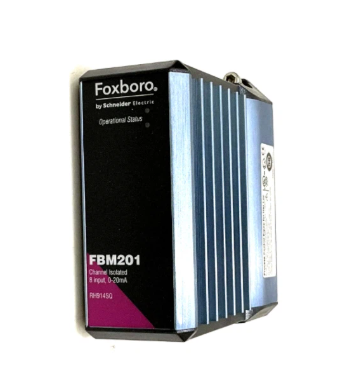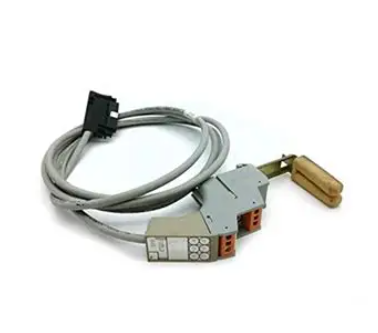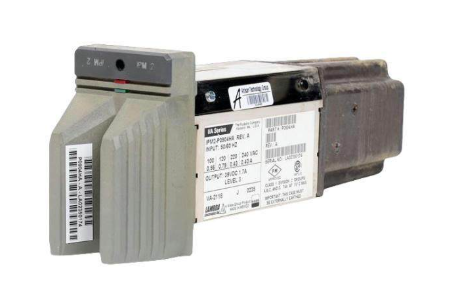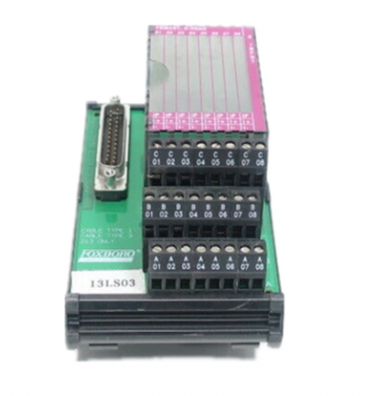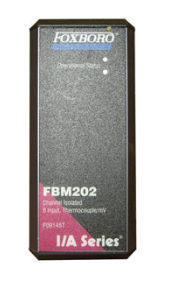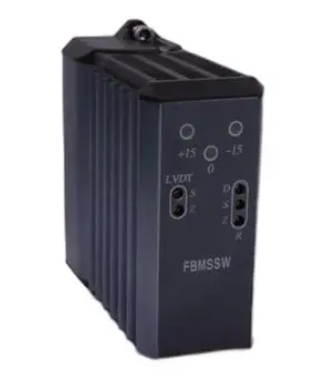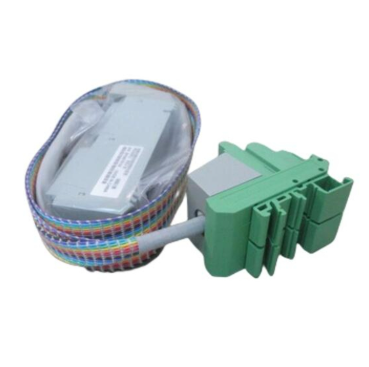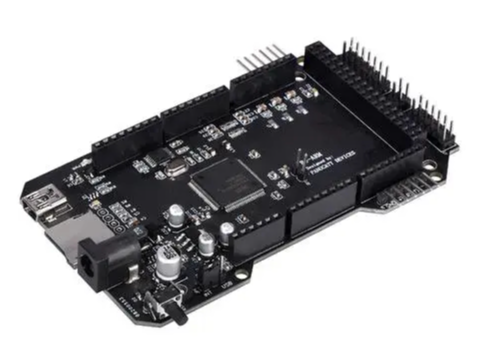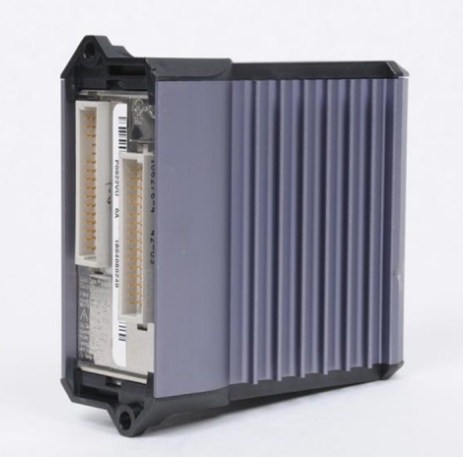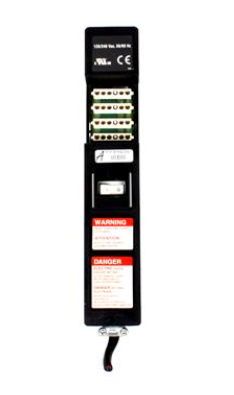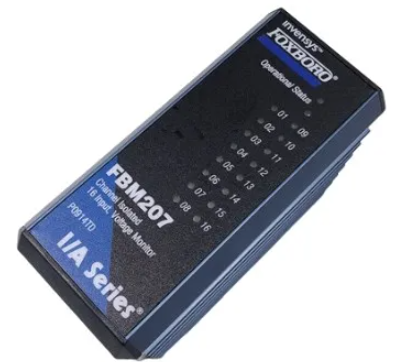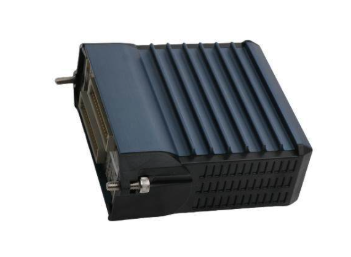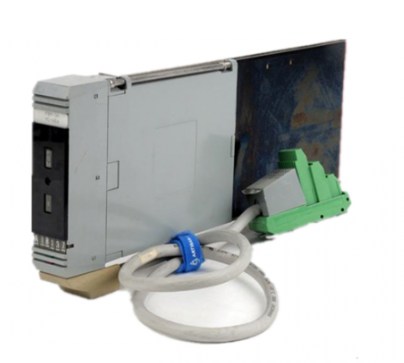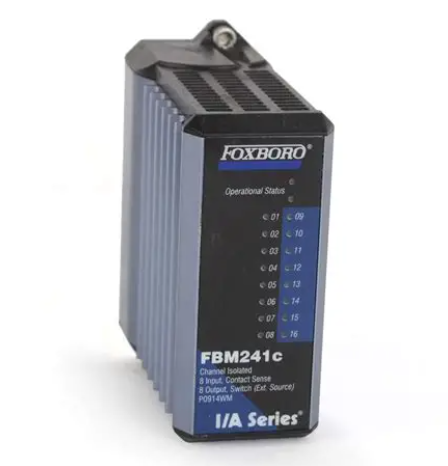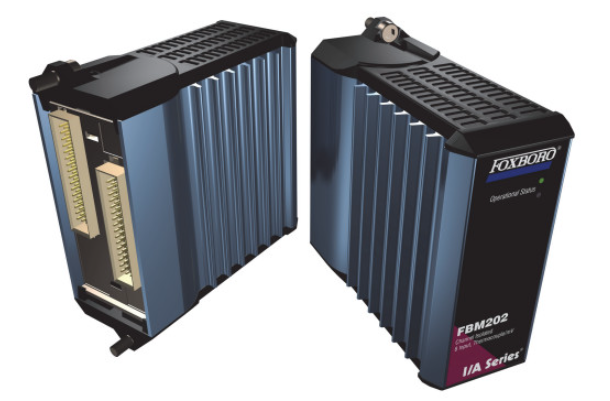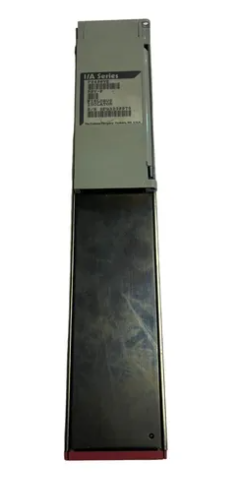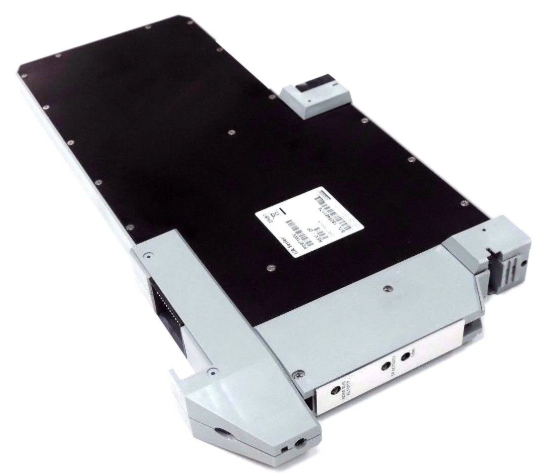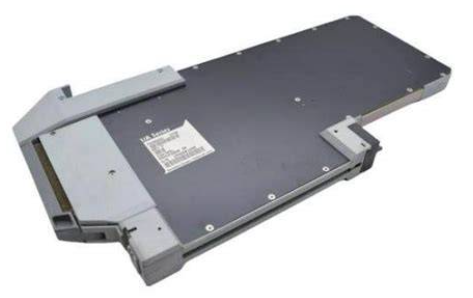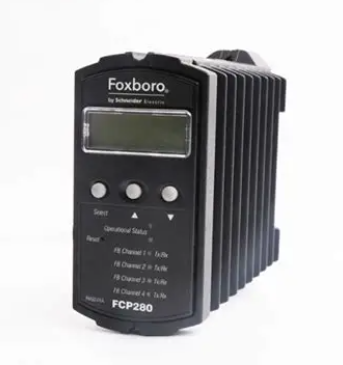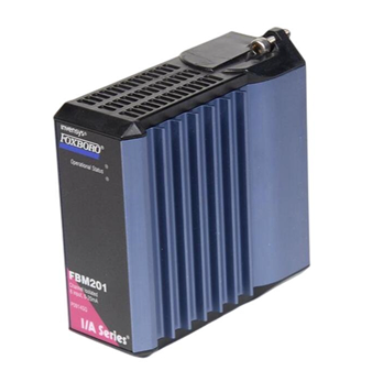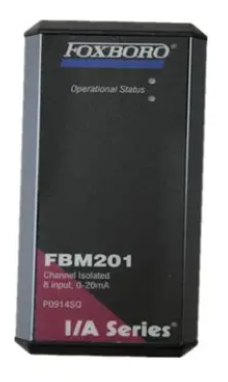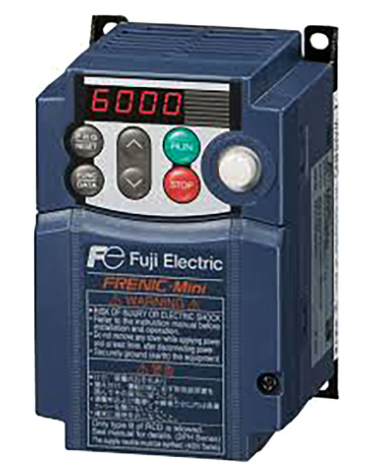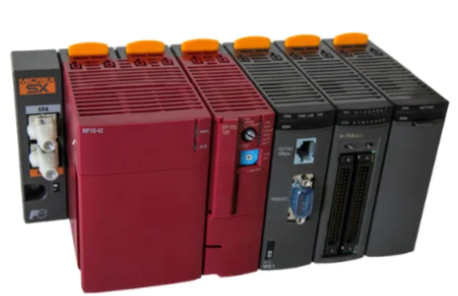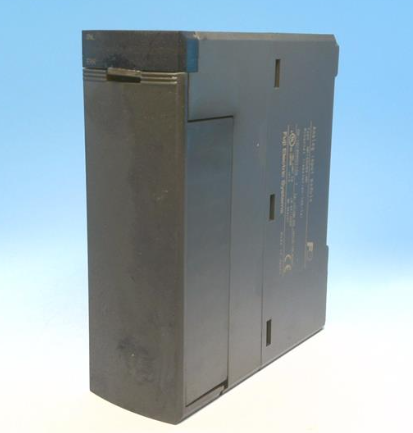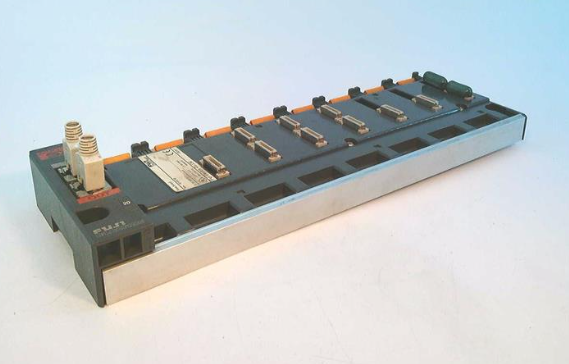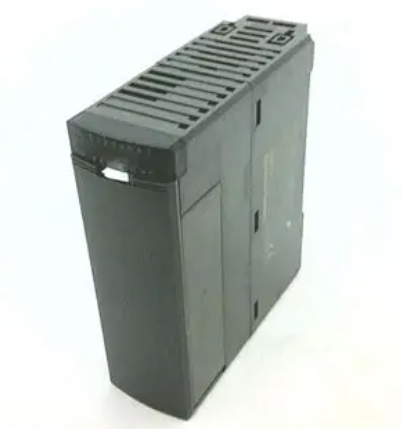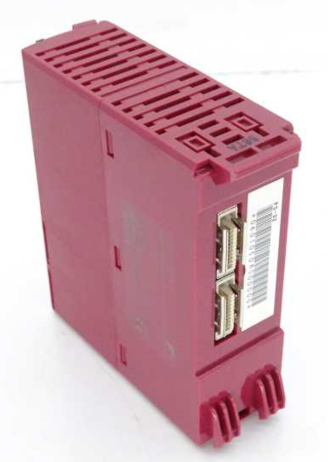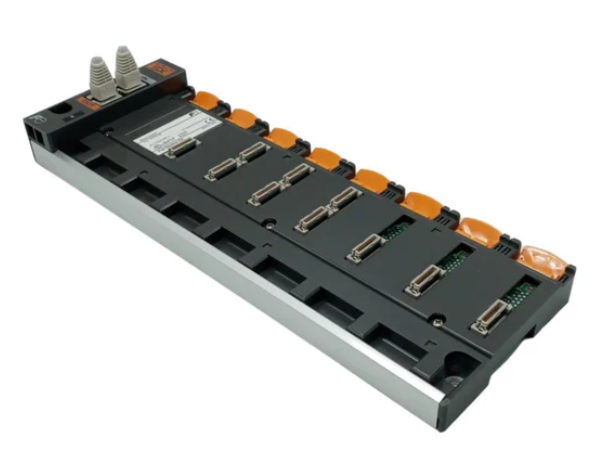WOODWARD 5009XT Steam Turbine Controls
WOODWARD 5009XT Steam Turbine Controls
Product positioning and core values
WOODWARD 5009XT is a high-end digital controller designed for industrial steam turbine systems, specifically designed for multivariable control requirements under complex operating conditions. As the core product of Woodward's industrial turbine control series, it is positioned higher than the basic 2301E-ST and 505 series, focusing on medium to large steam turbine systems that require high reliability, redundant design, and flexible expansion, such as power plant turbines, industrial drive turbine units, etc. The core value of the product lies in achieving precise collaborative control of speed, load, and pressure through modular hardware architecture and advanced control algorithms. It also supports triple redundancy (TMR) configuration, meets SIL level safety requirements, and reduces the risk of critical equipment shutdown.
Specification parameters
Input power supply: Supports multiple commonly used power specifications, such as 120 VAC/DC, 220 VAC, etc., and can be flexibly selected according to actual application scenarios to meet the power supply needs of different industrial environments, with good power compatibility.
Control accuracy: The speed control accuracy is extremely high, reaching ± 0.1% of the rated speed, which can accurately maintain the operating speed of the steam turbine and ensure stable operation of the equipment under various working conditions, providing stable power output for the production process. In terms of load control, a load distribution error of ≤ 1% (when multiple machines are connected in parallel) can achieve efficient collaborative work among multiple steam turbines, optimizing the overall operational efficiency of the system.
Communication Interface: Equipped with a variety of communication interfaces, including Ethernet interface (supporting Modbus TCP protocol), CANopen interface (supporting DS301/DS401 protocol), and RS485 interface (supporting Modbus RTU protocol). These interfaces enable the 5009XT to easily interact and communicate with other devices, making it easy to integrate into the factory's distributed control system (DCS) or programmable logic controller (PLC) system for remote monitoring, parameter adjustment, and system level automation control.
Display and operation interface: It has an intuitive graphical human-machine interface (HMI), usually with a high-resolution display screen, which can clearly present various operating parameters of the steam turbine, such as speed, temperature, pressure, load, etc. The interface adopts a menu driven design, which is easy to operate. Even non professionals can quickly get started with parameter settings, system monitoring, and fault diagnosis. Supports multilingual display, making it convenient for users from different regions around the world to use.
Environmental adaptability parameters: The working temperature range is usually -20 ℃ to+60 ℃, which can adapt to a wide range of industrial environmental temperature changes, and can operate stably in both cold northern regions and hot southern regions. In terms of protection level, the front panel installation model can reach IP54, with a certain degree of dust and water splash resistance, which can effectively prevent dust and water droplets from entering the interior of the equipment and affecting its normal operation; The installation model of the cabin wall is generally IP20, suitable for relatively clean indoor environments. Some models also offer sulfur resistant conformal coating options to enhance the product's corrosion resistance in corrosive gas environments containing sulfur, ensuring long-term reliable operation in harsh industrial environments.
Working principle
The operation of the WOODWARD 5009XT steam turbine controller is based on the closed-loop control principle. Through real-time monitoring and feedback of the operating parameters of the steam turbine, the control signal is continuously adjusted to achieve precise control of the steam turbine. The specific work process is as follows:
Parameter monitoring: The controller collects real-time operating parameters of the steam turbine through various sensors connected to the steam turbine system, such as speed sensors, temperature sensors, pressure sensors, vibration sensors, etc. These sensors convert physical quantities into electrical signals and transmit them to the input module of the controller.
Signal processing and comparison: The microprocessor of the controller processes and analyzes the input sensor signals, compares the collected actual operating parameters with the user's preset target values, and calculates the deviation between the two. For example, in speed control, the actual speed is compared with the preset speed target value to obtain the speed deviation value.
Control algorithm calculation: Based on the calculated deviation value, the controller uses an internal preset control algorithm, such as PID control algorithm, to perform calculation processing. The PID algorithm calculates the corresponding control quantity based on the proportional, integral, and derivative parameters of the deviation, in order to determine the amplitude and direction of the adjustment required for the steam valve opening. For example, if the actual speed is lower than the target speed, the PID algorithm will calculate a control signal to increase the opening of the steam valve to increase the steam flow into the turbine, thereby increasing the speed; On the contrary, if the actual speed is higher than the target speed, calculate the signal to reduce the valve opening.
Control signal output: The control quantity obtained through control algorithm calculation is converted into corresponding electrical or hydraulic signals (depending on the type of actuator) through the output module of the controller, and transmitted to the actuator of the steam valve. The actuator adjusts the opening of the steam valve based on the received control signal, thereby changing the steam flow rate and pressure entering the steam turbine.
Feedback and adjustment of operating status: With the change of steam valve opening, the operating status of the steam turbine changes, and its operating parameters also change accordingly. These new operating parameters are once again fed back to the controller through sensors. The controller repeats the process of monitoring, comparing, calculating, and outputting, continuously adjusting the control signal to keep the operating parameters of the steam turbine within the preset target range, achieving stable and precise control of the steam turbine. Throughout the entire working process, the controller will also monitor other status information of the system in real time, such as the start/stop status of the equipment, the fault status of each component, etc., and make corresponding adjustments to the control strategy based on this information to ensure the safe and reliable operation of the system.
Precautions
Installation environment requirements: When installing the 5009XT controller, the appropriate installation environment should be strictly selected according to the requirements of the product manual. Avoid installation in places with high temperature, high humidity, strong electromagnetic interference, corrosive gases or dust to ensure the normal operation and service life of the controller. For example, when installing in a chemical production workshop, if there is a large amount of corrosive gas present, a model with anti-corrosion coating should be selected, and effective protective measures should be taken, such as installing in a sealed control cabinet. At the same time, it is necessary to ensure that the installation location has good ventilation and heat dissipation conditions to prevent the controller from being damaged due to overheating. For the model of front panel installation, attention should be paid to the requirements of protection level to avoid water splashing or dust entering the interior of the equipment.
Power connection and stability: Correctly connecting the power supply is the key to ensuring the normal operation of the controller. Be sure to connect according to the prescribed power specifications and wiring methods to ensure the stability and reliability of the power supply. In places with significant power fluctuations, it is recommended to install a voltage regulator or uninterruptible power supply (UPS) to prevent damage to the controller caused by abnormal power supply. At the same time, it is necessary to regularly check the connection of the power line to ensure that there are no loose or short circuits. In some remote areas or industrial sites with unstable power supply, using UPS can effectively avoid equipment failures and data loss caused by sudden power outages, ensuring the safe shutdown of steam turbine systems.
Matching and debugging of sensors and actuators: The 5009XT controller needs to be used in conjunction with various sensors and actuators, so in the selection and installation process, it is necessary to ensure the compatibility and matching of sensors and actuators with the controller. Different types of sensors and actuators have different technical parameters and working characteristics, such as range, accuracy, response time, etc., and should be selected reasonably according to actual application requirements and controller requirements. After installation, comprehensive debugging work should be carried out to ensure that the sensor can accurately collect the operating parameters of the steam turbine and transmit the signal correctly to the controller. At the same time, the actuator can accurately adjust the opening of the steam valve according to the control signal sent by the controller. During the debugging process, it is necessary to carefully check whether the installation position of the sensor is correct, whether the wiring is firm, and whether the action of the actuator is flexible and smooth. If there are any problems, they should be adjusted and repaired in a timely manner.
Parameter setting and optimization: When using the 5009XT controller, users should set various control parameters reasonably according to the actual operating conditions of the steam turbine and production process requirements. Improper parameter settings may lead to unstable device operation, decreased control accuracy, and even potential safety hazards. Before setting parameters, it is necessary to fully understand the performance characteristics, working conditions, and control requirements of the steam turbine, and refer to the product manual and relevant technical materials for setting. During the operation of the equipment, parameters can be optimized and adjusted according to the actual operating effect to achieve the best control effect. For example, when the load of a steam turbine varies greatly, it may be necessary to adjust the PID control parameters appropriately to improve the system's response speed and stability. At the same time, it is important to keep records of parameter settings so that they can be quickly restored to the correct settings during equipment maintenance or controller replacement.
Regular maintenance and upkeep: To ensure the long-term reliable operation of the 5009XT controller, regular maintenance and upkeep work is required. Regularly check the appearance of the controller for damage or deformation, whether the interfaces are loose, and whether there is dust accumulation inside. For controllers with fan cooling, it is necessary to regularly clean the fan and cooling channels to ensure good cooling effect. Regularly upgrade the software of the controller to obtain the latest features and performance optimizations, while fixing possible software vulnerabilities. In addition, comprehensive inspections and maintenance of the steam turbine system, including sensors, actuators, steam pipelines, and other components, should be conducted regularly to ensure the normal operation of the entire system. Equipment operating in harsh environments, such as mining, metallurgy, and other industries, may require a shortened maintenance cycle to ensure its reliability.

- EMERSON
- Honeywell
- CTI
- Rolls-Royce
- General Electric
- Woodward
- Yaskawa
- xYCOM
- Motorola
- Siemens
- Rockwell
- ABB
- B&R
- HIMA
- Construction site
- electricity
- Automobile market
- PLC
- DCS
- Motor drivers
- VSD
- Implications
- cement
- CO2
- CEM
- methane
- Artificial intelligence
- Titanic
- Solar energy
- Hydrogen fuel cell
- Hydrogen and fuel cells
- Hydrogen and oxygen fuel cells
- tyre
- Chemical fiber
- dynamo
- corpuscle
- Pulp and paper
- printing
- fossil
- FANUC
- Food and beverage
- Life science
- Sewage treatment
- Personal care
- electricity
- boats
- infrastructure
- Automobile industry
- metallurgy
- Nuclear power generation
- Geothermal power generation
- Water and wastewater
- Infrastructure construction
- Mine hazard
- steel
- papermaking
- Natural gas industry
- Infrastructure construction
- Power and energy
- Rubber and plastic
- Renewable energy
- pharmacy
- mining
- Plastic industry
- Schneider
- Kongsberg
- NI
- Wind energy
- International petroleum
- International new energy network
- gas
- WATLOW
- ProSoft
- SEW
- wind
- ADVANCED
- Reliance
- YOKOGAWA
- TRICONEX
- FOXBORO
- METSO
- MAN
- Advantest
- ADVANCED
- ALSTOM
- Control Wave
- AB
- AMAT
- STUDER
- KONGSBERG
- MOTOROLA
- DANAHER MOTION
- Bently
- Galil
- EATON
- MOLEX
- Triconex
- DEIF
- B&W
- ZYGO
- Aerotech
- DANFOSS
- KOLLMORGEN
- Beijer
- Endress+Hauser
- MOOG
- KB
- Moxa
- Rexroth
- YAMAHA
- Johnson
- Westinghouse
- WAGO
- TOSHIBA
- TEKTRONIX


Email:wang@kongjiangauto.com






















